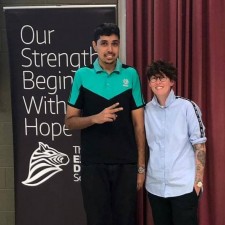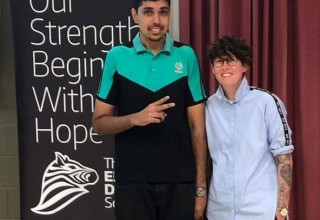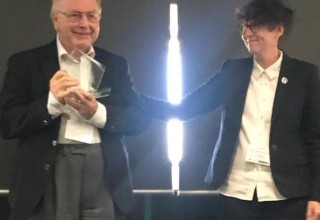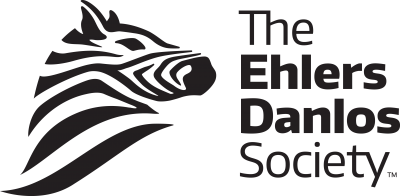Rare Disease Outreach: The Ehlers-Danlos Society Launches Australian Learning Conferences in Sydney & Perth

SYDNEY & PERTH, Australia, December 9, 2018 (Newswire.com) - The Ehlers-Danlos Society presented its first Australian global learning conferences in Sydney, 7-8 December — with an additional stop planned for Perth 10-11 December.
Working in collaboration with a committee of local experts, the 2018 Global Learning Conferences features both local and international experts and brings together more than 400 patients, families, caregivers and health professionals for four days of education, advocacy and support. Australia has a strong foundation of local expertise and patient advocates. Although this is the first time here for The Ehlers-Danlos Society, it follows a successful conference in 2014 led by patient advocate Kylie Lang and geneticist professor David Sillence.
NEW DIAGNOSTIC CRITERIA AND BETTER MANAGEMENT AND CARE
Sydney’s Patients Day, hosted by Macquarie University, launched on Friday with The Ehlers-Danlos Society’s International Executive Director Lara Bloom delivering opening remarks on the new international criteria for diagnosing the Ehlers-Danlos syndromes (EDS) and hypermobility spectrum disorders (HSD) and what they mean to patients. “The 2017 criteria represents the first major advance in our understanding of the Ehlers-Danlos syndromes in almost two decades. For patients, this means more rigorous diagnostic criteria, and ultimately better management and care for each of the 13 EDS types and hypermobility spectrum disorders,” stated Lara Bloom.
Professor Sillence, foundation chair of medical genetics in the University of Sydney, was honored with a Lifetime Achievement Award for his extraordinary devotion to Ehlers-Danlos research, diagnosis and patient care in Australia.
Saturday’s Health Professionals Day opened with a talk led by Bloom and Macquarie University paediatric physiotherapist Dr. Verity Pacey.
The conference in Perth, hosted by Curtin University, will feature opening addresses by Bloom and Dr. Susan Morris of the School of Physiotherapy and Exercise Science.
Ultimately, patients and professionals will leave with as many answers as questions regarding these complex conditions and hope that there is a brighter future on the horizon for research and care, led by The Ehlers-Danlos Society.
NO LONGER ALONE, NO LONGER INVISIBLE
In addition to the medical and scientific presentations, The Ehlers-Danlos Society’s learning conferences provide opportunities for community building and collaboration. “For many people living with rare disorders such as EDS and HSD, our learning conferences provide a rare opportunity to meet others who know what it’s like to confront the challenges of living with an invisible illness, something that is chronic, painful and potentially disabling, which may not be readily apparent to outsiders. For some, it is the first time people would have met someone else living with it,” says Bloom.
“Our learning conferences are a place where we get to show our stripes to our fellow zebras,” continues Bloom. "Doctors are often taught, 'When you hear hoofbeats, think horses, not zebras,'” explains Bloom. “By adopting the zebra as an emblem of our disorders, we find empowerment, strength and hope, as we are no longer ‘invisible’ to each other and the medical community.”
COMMITMENT TO HEALTH PROFESSIONALS LOCALLY AND GLOBALLY
“Our health professionals days exemplify the commitment of The Ehlers-Danlos Society to introduce new knowledge in the diagnosis and treatment of people with EDS or HSD, collaborating with local professionals worldwide,” adds Bloom. “In Australia, we’re working with top geneticists, physicians, physiotherapists, occupational therapists, pediatric specialists and even a podiatrist to build the global relationships necessary to both advance EDS/HSD treatment, but also to strengthen our research capabilities globally,” states Bloom.
STRENGTH BEGINS WITH HOPE
“Research, education, advocacy and support are at the core of our mission at The Ehlers-Danlos Society. With the continued support of our medical and allied health professionals, dedicated supporters and our patient community, we look forward to advancing our mission further with each successive conference.”
Source: The Ehlers-Danlos Society


